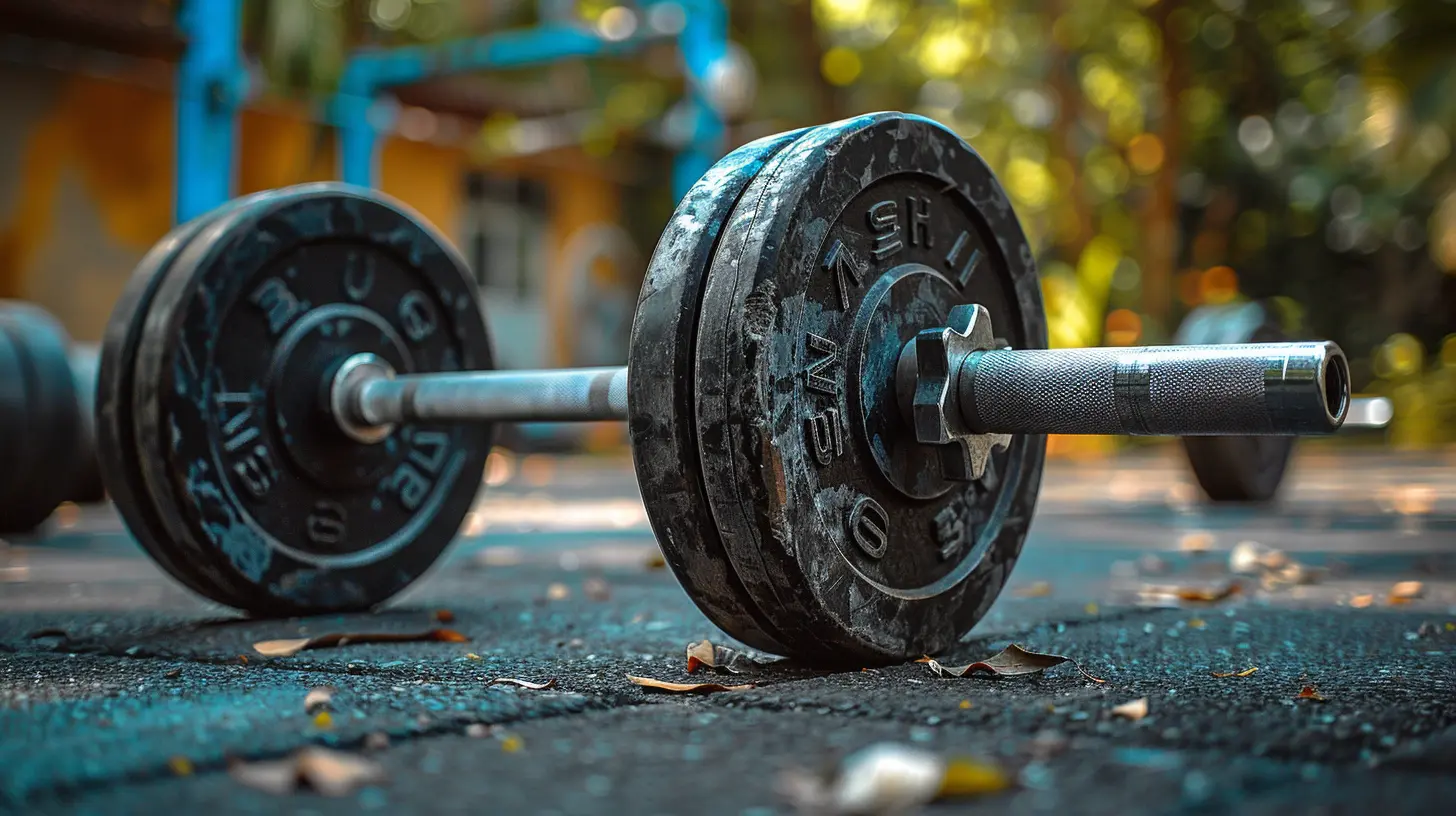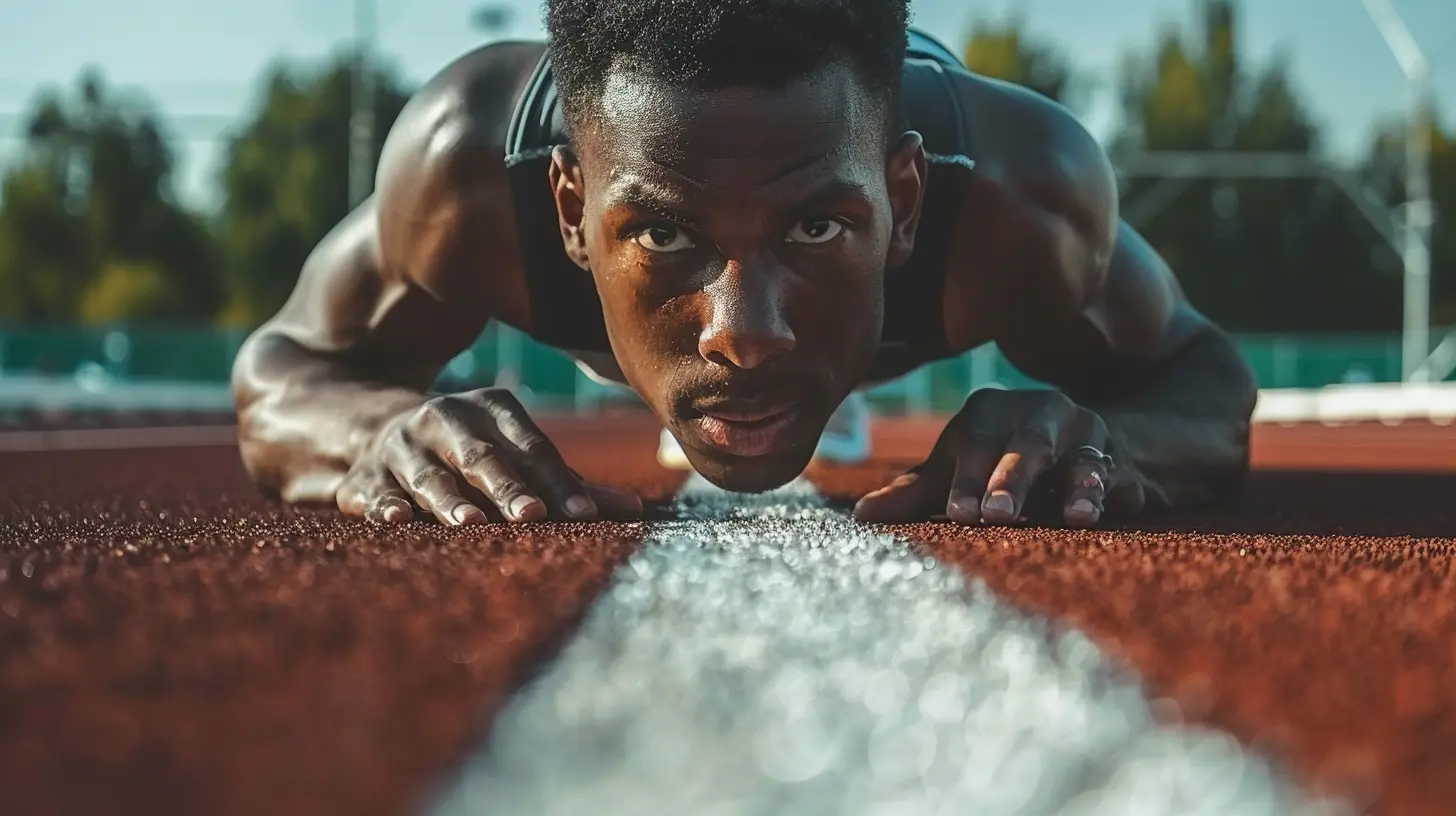The Importance of Core Strength in Endurance Performance
10 September 2025
When most athletes think about improving endurance, their minds often jump straight to logging more miles, increasing training intensity, or maybe focusing on better nutrition. But there’s one crucial ingredient that often gets overlooked—core strength.
Seriously, your core is way more than just a six-pack. It’s the powerhouse of your body, the bridge that connects your upper and lower halves, and the unsung hero behind every step you take, every mile you crush, and every record you break.
So let’s dive deep into why core strength is a total game-changer for endurance athletes and how you can harness it to level up your performance.
What Exactly Is Your "Core"?
Before we get into the “why,” let’s talk about the “what.” What is your core?Hint: It's not just your abs.
Your core includes all the muscles in your midsection—front, back, and sides. That means your:
- Rectus abdominis (your six-pack)
- Obliques (sides of your waist)
- Transversus abdominis (deep internal stabilizers)
- Erector spinae (muscles running along your spine)
- Diaphragm and pelvic floor muscles
Basically, your core is everything except your arms and legs. It keeps your posture tall, supports your spine, and allows you to transfer energy efficiently—which is crucial if you’re an endurance athlete!
Why Core Strength Matters for Endurance Performance
Here comes the big question: Why should long-distance runners, cyclists, swimmers, or triathletes care about core strength?Let’s break it down.
1. Boosts Stability and Balance
Imagine running on a rocky trail. Every step requires your body to adjust, stabilize, and react. Without a strong core, you’d be wobbling all over the place.Your core acts like your internal gyroscope—it keeps you upright, balanced, and moving efficiently. That stability means less wasted energy on compensating movements, and more fuel left in the tank for your performance.
2. Enhances Running and Cycling Posture
Ever noticed how elite runners look so upright and effortless, even 20 kilometers deep?That flawless posture isn’t just genetics. It’s core strength.
A solid core helps maintain good posture, which means:
- Upright torso
- Open chest for better breathing
- Reduced slouching that leads to fatigue
Cyclists, same goes for you. A strong core takes the strain off your lower back and stabilizes your upper body, allowing you to put more power into your legs without constantly shifting position.
3. Improves Breathing Efficiency
Wait—core strength helps with breathing too?Absolutely.
The diaphragm, a key breathing muscle, is part of your core. Strengthening your core supports better diaphragm movement, which helps you take deeper and more controlled breaths. That’s a dealbreaker in endurance sports where oxygen is the golden currency.
4. Reduces Risk of Injury
Let’s be real—injuries suck. And nothing kills performance like having to sit on the sidelines.Many common overuse injuries in endurance sports—like lower back pain, IT band syndrome, and runner’s knee—stem from poor core stability and bad biomechanics.
When your core is weak, your body starts “cheating” by overusing other muscles. That leads to misalignment, poor movement patterns, and—bam!—you’re injured.
Core strength acts like armor for your spine and hips, protecting you from the repetitive stress that endurance training dishes out.
5. Increases Energy Efficiency
Your body is basically an engine. The more efficiently it runs, the farther and faster you can go.A strong core helps you transfer force more smoothly between your upper and lower body. That means less energy wasted, and more focused toward propelling you forward. It’s like tightening the screws on a machine—everything runs smoother.
6. Boosts Mental Resilience
Here’s an unexpected benefit: A strong core can actually boost your mental toughness.How? Think about planking for 60 seconds. It’s not just physically hard—it’s a mental battle.
Training your core regularly builds grit and mental endurance, something you’ll lean on during the final painful miles of a marathon or the last brutal hill climb of a long ride.
Real Talk: Core Strength and Performance Go Hand-in-Hand
Let me hit you with some real-world examples.- Mo Farah, Olympic long-distance legend, is known for his core stability training.
- Eliud Kipchoge, the sub-2-hour marathon man—core training is a staple in his routine.
- Chrissie Wellington, Ironman world champion—credits core stability for keeping her injury-free during grueling events.
These athletes don’t just run or bike. They build the foundation to support those movements. That foundation is core strength.
Signs Your Core Might Be Holding You Back
Not sure whether your core is up to par?Here are a few red flags:
- You slouch or sway after a few miles
- You get lower back pain during or after a run/ride
- You feel “disconnected” when trying to generate power
- Running uphill or cycling against wind feels disproportionately hard
- You fatigue faster even when cardio seems okay
If any of that sounds familiar, your core might be crying for attention.
How to Train Your Core for Endurance Gains
Alright, inspiration’s flowing—so how do you turn motivation into action?Here’s what you don’t want: endless crunches or sit-ups. Instead, focus on functional movements that mimic real-life motion and improve total-body integration.
1. Planks (and Their Variations)
Oldie but goldie. Planks train your core to resist movement—a key skill in endurance sports.- Front plank (with progressions: leg lifts, shoulder taps)
- Side plank (great for obliques and lateral stability)
Aim for time over reps. Start with 30 seconds and build up.
2. Dead Bugs
Sounds weird. Works wonders.This movement teaches your core to stabilize as arms and legs move—perfect for runners and cyclists.
3. Bird Dogs
Simple, yet highly effective. Bird dogs target your entire core while also training balance and coordination.4. Russian Twists
Twists are great for rotational strength (think about navigating curves or sharp turns mid-race).Use a light weight or medicine ball and focus on control, not speed.
5. Pallof Press
An underrated beast. This anti-rotation move strengthens your transverse abdominis—your deepest core muscles.It looks small, but it’s mighty. Try it with resistance bands or cables.
6. Mountain Climbers & Stability Ball Rollouts
These add mobility and endurance to your core work, simulating real-life dynamic motion.Frequency: How Often Should You Train Your Core?
Great question. You don’t need to spend 30 minutes daily on core work—but consistency rules.Aim for:
- 3–4 sessions per week
- 10–15 minutes per session
- Mix static holds (planks) and dynamic movements (bird dogs, twists)
Pro tip: Add core work to the end of your runs or rides. This way, you’re mimicking the fatigue your core needs to endure during competition.
Make It Fun & Functional
Let’s be honest—if core exercises are boring, you won’t stick with them.Spice it up:
- Turn it into a challenge—add it to the start or end of group workouts
- Use tools like BOSU balls, sliders, or resistance bands
- Track progress (plank hold times, reps, weight)
Remember, the goal isn’t six-pack abs (though that’s a nice bonus). It’s building a rock-solid foundation that supports your entire athletic engine.
Start Today, Race Strong Tomorrow
Core strength isn’t a flashy topic. It’s not as adrenaline-pumping as a sprint finish or breaking a PR. But it’s the glue that holds your performance together—and the secret weapon too many athletes ignore.You’ve already got the heart and drive. Add a strong core to that equation, and there’s no limit to what you can achieve.
So, next time you plan your training week, make sure your core gets the attention it deserves. Your body—and your pace—will thank you.
all images in this post were generated using AI tools
Category:
Endurance SportsAuthor:

Uziel Franco
Discussion
rate this article
1 comments
Veda Allen
Core strength: the unsung hero of endurance! It’s like the trusty sidekick in a superhero movie—quietly strengthening the hero (that's you) while making sure you don't faceplant during that epic finish line sprint!" 🏃♂️💥
September 23, 2025 at 2:52 AM

Uziel Franco
Absolutely! Core strength is essential for maintaining stability and power during endurance activities, ensuring you reach that finish line strong and steady. 🏅

![The Game-Changer: How [Player Name] is Revolutionizing Their Position](/pictures/blog/small/the-game-changer-how-player-name-is-revolutionizing-their-position_1.webp)
